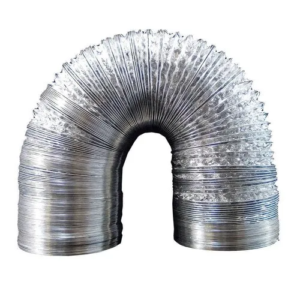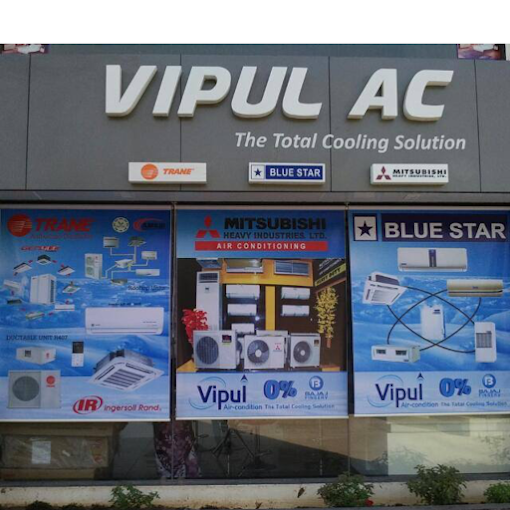Foil duct, also known as flexible duct or flex duct, is a type of ductwork used in HVAC systems. Unlike rigid metal ducts, foil ducts are constructed from flexible materials that allow for easier installation, especially in tight spaces or around obstacles.
Here’s a breakdown of key characteristics of foil duct:
-
Material:
- Typically made from a combination of materials:
- Inner liner: A plastic film or fabric.
- Reinforcement: Wire spirals or embedded fibers for added strength and to maintain the duct’s shape.
- Outer layer: May include aluminum foil insulation or even fiberglass insulation to improve thermal performance.
- Typically made from a combination of materials:
-
Benefits:
- Easy installation: Bends and maneuvers easily around corners, obstacles, and when connecting rigid ducts to registers or diffusers.
- Reduced labor costs: Faster installation compared to rigid ducts due to easier maneuvering.
- Less material waste: Flexible ducts can often be configured to fit existing spaces, reducing the need for cutting and discarding excess material.
- Vibration absorption: Can help dampen vibrations from the HVAC system compared to rigid metal ducts.

Foil Duct
-
Limitations:
- Lower airflow capacity: The inner surface texture of foil duct can create more friction compared to smooth metal ducts. This friction can lead to higher pressure drops and restrict airflow efficiency.
- Prone to sagging: If not properly supported, especially over long distances, foil ducts can sag and restrict airflow over time.
- Susceptible to punctures: More vulnerable to physical damage like tears or punctures compared to rigid ducts.
- Reduced noise dampening: Generally less effective at dampening noise compared to insulated rigid ducts.
-
Applications:
- Short connections: Often used for short runs connecting rigid duct sections or connecting to registers and diffusers.
- Tight spaces: Suitable for situations where rigid ducts would be difficult to install due to space constraints or obstacles.
- Vibration isolation: Can be beneficial in applications where noise and vibration reduction is a concern.
Here are some additional points to consider regarding foil duct:
- Sizing: Choosing the correct size of foil duct is crucial to ensure proper airflow and avoid pressure drops in your HVAC system.
- Installation: Proper installation techniques are essential to prevent sagging, ensure optimal airflow, and maintain the integrity of the duct. Consulting an HVAC professional for installation is recommended.
- Cleaning: Foil ducts can accumulate dust and debris over time. Regular cleaning following manufacturer’s recommendations is important to maintain good indoor air quality.
Overall, foil ducts offer a valuable solution for specific applications in HVAC systems due to their easy installation and maneuverability. However, their limitations in airflow capacity, noise dampening, and durability require careful consideration during system design and installation. Consulting with an HVAC professional can help you determine if foil ducts are the right choice for your specific needs.

